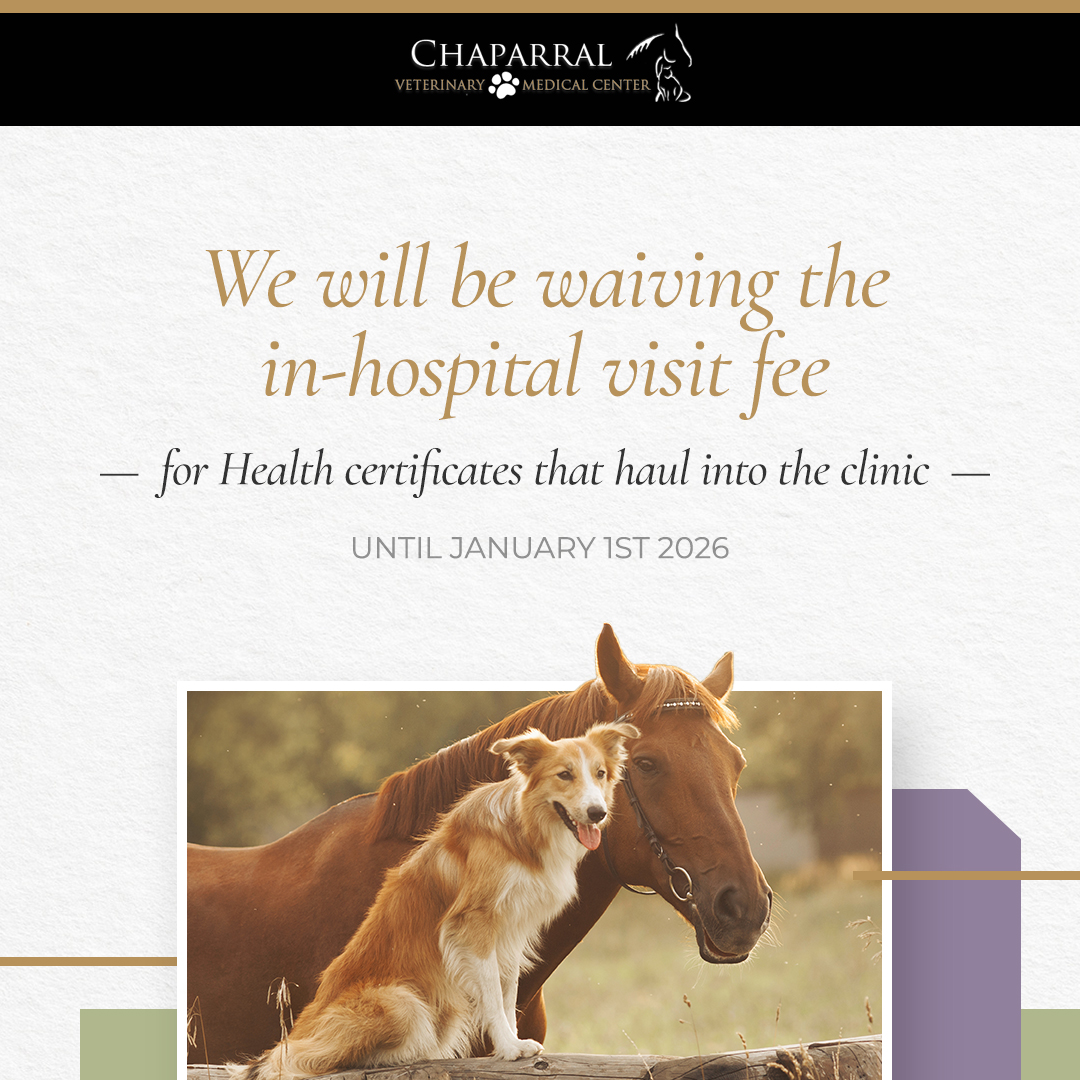Cave Creek, AZ 85331
8 Signs To Take Your Senior Cat To The Emergency Animal Clinic

As your cat ages, there are all kinds of emergency health conditions that can arise requiring immediate medical attention. Making sure you know exactly what to look for can save the life of your pet when they need it the most. To help you be clear, here are eight signs that you should take your senior cat to the emergency animal clinic right away.
Know Your Cat
Before getting into the emergency signals, it’s important to note that you need to be able to read your cat. Every cat has a generally predictable personality. Knowing your cat well can help you determine if changes in their normal behavior are cause for concern, or if you are just not aware of some of their odd behaviors yet. Establish a baseline of your cat’s normal behavior and habits including:
Activity Level
Gait
Eating Habits
Social Behavior
Elimination
Grooming
When you have a baseline of these basics you can better determine if what you are noticing requires more attention or not. Anything deviating from the norm, especially with increasing consistency, is cause for further review, possibly from the vet. If you are ever in doubt about anything, a great general rule of thumb to remember is “call the vet and help your pet!”
8 Emergency Signs in Cats
Let’s dive right into eight of the most important signs that your senior cat needs to visit the emergency animal clinic right away. These are the most common, however, and so the list could include many more. Remember the rule of thumb above and you’ll be well prepared for anything!
#1 – Breathing Problems in Cats
When it comes to conditions that are not trauma related, this is the most serious. Hypoxia (abnormally low oxygen) is extremely dangerous and can lead to all kinds of conditions including respiratory arrest and even death if not immediately treated.
Breathing issues can arise very quickly or can take time to develop. As soon as you notice breathing problems, take no chances – immediately take your cat to the emergency animal clinic. Things to look for:
Labored breathing
Strange noises
Puffing lips
#2 – Urinary Obstructions in Cats
If there is an obstruction of the urethra (the tube urine travels through from the bladder on its way out), your cat will not be able to urinate. This can happen if particles of sand or other small particles have become lodged and stuck in the area, but also from infection.
If a blockage persists, metabolic changes begin to occur that can cause death if not immediately treated. Male cats are typically most prone to particulate blockages, while females more from infection. Either way, this can cause ruptured bladder, kidney failure, and cardiac arrest. Things to look for:
Unusual urination (outside litter box, or elsewhere)
Vocalized distress
Straining that produces only a small quantity of urine
Excessively grooming the area
#3 – Major Trauma in Cats
This may seem obvious, but must be stated. If your cat gets into a fight, is attacked by another animal (like a dog), falls from height, or is cut open and bleeding, seek immediate emergency care. Cats don’t always show that they are in pain or have internal issues. Your vet can make sure appropriate tests are conducted to ensure your pet is safe and taken care of.
#4 – Unusual Vomiting or Diarrhea in Cats
If you have a senior cat, you’ve surely seen the occasional bout of diarrhea or vomiting. These are typically one-off scenarios. However, if your cat is experiencing violent diarrhea or persistent vomiting, this is cause for concern and requires an immediate visit to the vet.
#5 – Ingestion of Dangerous Materials
You never know what your cat might get into. Most households are full of various toxic substances that can poison and even kill a small animal. If you notice that your senior cat has ingested a toxic substance (like antifreeze, cleaning chemicals, toxic plants, etc.), you need to seek immediate emergency medical attention. When treated immediately your cat has the best chance of a quick recovery.
#6 – Paralysis in Cats
If you notice your cat cannot move its hindquarters, this is an immediate emergency. This is caused by a condition called ATE (aortic thromboembolism). It’s caused by a blood clot getting lodged in one of the arteries in the hind legs causing paralysis, pain, and severe physical distress. If you witness this occurring in your senior pet, Immediate emergency cat care is required.
#7 – Changes in Eating/Drinking Habits
If your cat stops eating and drinking there is an immediate cause for concern. If this occurs for longer than a day you need to take action. This can be due to a wide range of issues best dealt with by your vet.
#8 – Seizures in Cats
Generally a sign of a serious illness in your cat, seizures are a cause for immediate concern. There are many potential reasons behind cat seizures and so a veterinarian is required to assess the situation and come to a viable solution.
Are you dealing with any of the above emergencies? Call Chaparral Veterinary Medical Center today at 480-595-8600, and see our experienced veterinarian as soon as possible. Learn more about our emergency and critical care services here.













